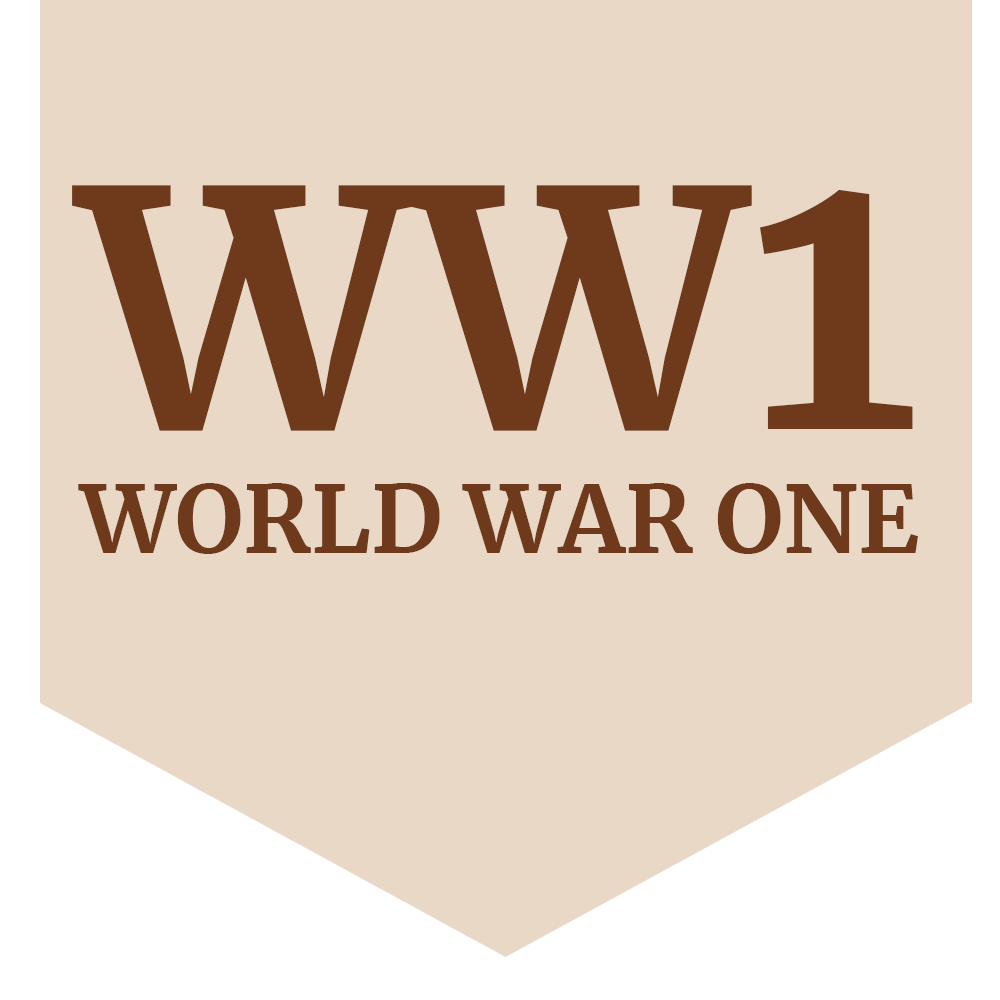
William Ernest Booth
His occupation was given as carpenter when he enlisted.
- Family History
- Military history
- Extra information
- Photographs
William Ernest Booth was born in Nottingham in about 1877.
The ROH of Australia (Memorial War Museum), names a widow, Mrs Mary Ann Booth, 35 Cope Street, Hyson Green, Nottingham. However, this address was amended to Ovens Street, Arraville (Australia) on an AIF record.
Two notices of his death published in the Nottingham Evening Post in 1917 were inserted by (1) 'fiancee Clara Beedham, Burton Joyce' and (2) (brother of) Ruth and WC Beedham.
There is a record of a Clara Beedham, birth registered 1876 (JFM), the daughter of William Cooke Beedham and Elizabeth Beedham (m. 1865), who were recorded on the 1911 Census living on Woodborough Road, Nottingham. However, a notice in the Nottingham Evening Post of William and Elizabeth's Golden Wedding anniversary in 1915 and also of the death of Elizabeth Beedham in March 1916 gave their address as Fern House, Burton Joyce. William Cooke Beedham died in 1919.
William Ernest Booth enlisted on 19 July 1915 at Broadmeadows, Victoria, Australia. He was 38 years old, occupation carpenter, last residence Footscray, Victoria.
William served with two different AIF Battalions before transferring to the 1st Battalion Australian Pioneers on 13 March 1916. The Battalion was serving in the Ypres Sector when William suffered gunshots wounds to the back and died at 10th Casualty Clearing Station on 5 October 1917. He was 40 years old.
He was buried at Lijssenthoek Military Cemetery, Belgium (grave ref. XX.E.2).
CWGC History of Lijssenthoek Military Cemetery (extract): the Cemetery is 12km from the town of Ieper (Ypres). 'During the First World War, the village of Lijssenthoek was situated on the main communication line between the Allied military bases in the rear and the Ypres battlefields. Close to the Front, but out of the extreme range of most German field artillery, it became a natural place to establish casualty clearing stations. The cemetery was first used by the French 15th Hopital D'Evacuation and in June 1915, it began to be used by casualty clearing stations of the Commonwealth forces.' (www.cwgc.org)
Nottingham Evening Post, ‘Roll of Honour’, 3 November 1917: 'Booth. Died of wounds October 5th 1917, Pte. William Ernest Booth, Australian Imperial Forces. Left alone. Until the day breaks and the shadows flee away. From his broken-hearted fiancée, Clara Beedham, Burton Joyce.’ (www.britishnewspaperarchive.co.uk)
Nottingham Evening Post, ‘Roll of Honour’, 3 November 1917: 'Booth. Died of wounds October 5th 1917, Pte. WE Booth, AIF, the beloved brother of Ruth and WC Beedham. A noble life sacrificed.’ (www.britishnewspaperarchive.co.uk)
Additional research and information Peter Gillings and RF (Sept. 2025)



